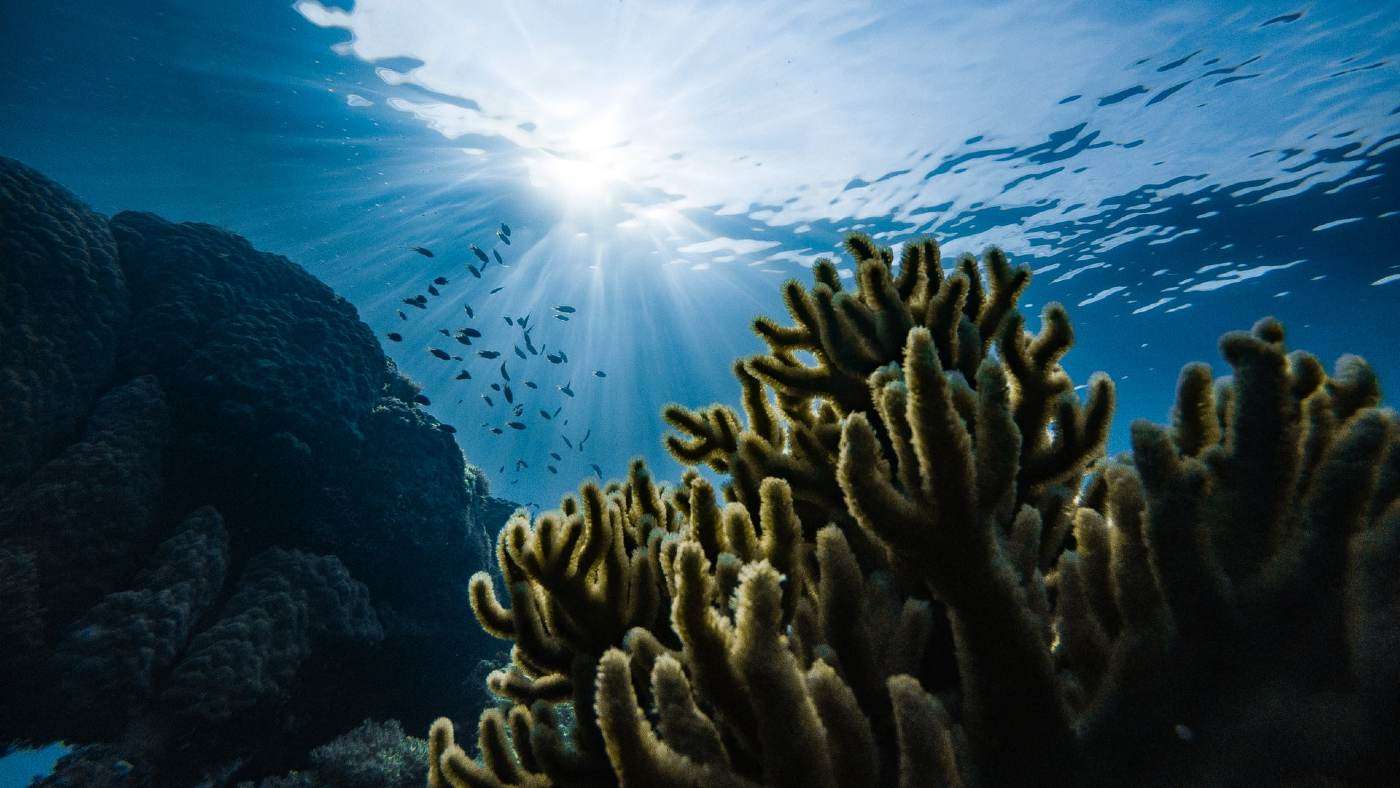Common Human Antibiotic Can Heal Coral Diseases - 95% Success Rate With Amoxicillin
The common antibiotic Amoxicillin was used to treat disease-infected coral in Florida and shows great promise.

After the most destructive cyclone in Fijian history smashed into the island four years ago, it was feared the rich coral reefs surrounding the island would never recover.
Reefs across the Namena Reserve and Vatu-i-Ra Conservation Park were devastated by Cyclone Winston in 2016—which hurtled over ocean and land with 170 mph (280 kph) winds—but a recent dive expedition by the Wildlife Conservation Society (WCS) revealed there's nothing to fear, and the corals are reproducing at an exceptional rate.
WCS Fiji-chapter expedition leader Dr. Sangeeta Mangubhai said in a statement: "We saw large areas of reef covered by branching corals all roughly the same size and likely to be around four years in age. These new corals are covering surfaces and are providing new habitat for fish."
Along with brightly colored corals, the area was teeming with tropical fish and other sea life. This is crucial to parts of the Fijian population which depend on the bounty of the sea and the reefs for income and food security.
WCS Melanesia Director, Dr. Stacy Jupiter, said: "At a period in history where every day we are seeing bad news in the papers and on television, this is a good news story. Our Fiji reefs are showing that they are stronger than Winston."
Together, Namena and Vatu-i-Ra protected areas cover around 120 square miles, (200 square kilometers) spread across varied marine habitats such as small islets, shallow sands, deep water passages, and more.
It is the largest area to be managed by local communities in the country, who have established rotational catch strategies in their traditional fisheries called "Tabu," where citizens who require seafood to sell and eat do so in a regenerative way that keeps their traditions alive.
The total ecosystem expands past 27,000 square kilometers, and the reefs are a vital part of ensuring marine visitors to the islands—like the humpback whale—will have a warm welcome when they come in the spring to calve.
GROW the Good News—Share This Hopeful Story With Pals…
Be the first to comment